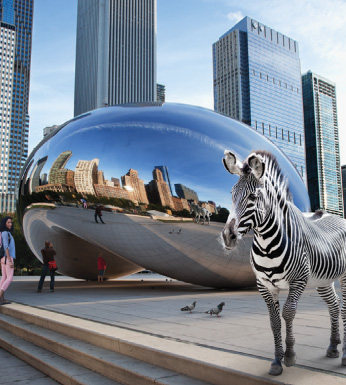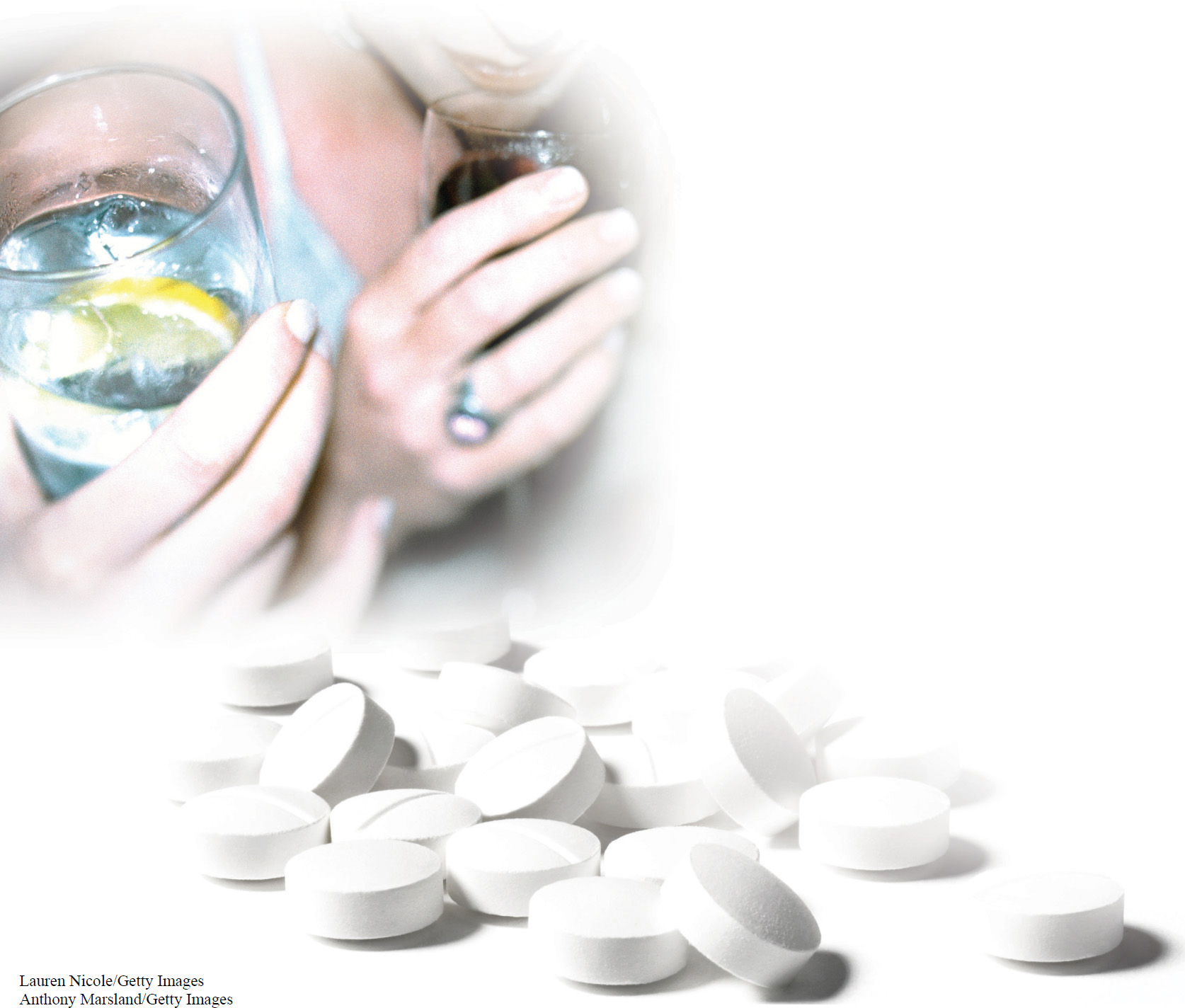KNOWLEDGE YOU CAN USE


Ethanol is the form of alcohol found in cocktails, beer, and wine. When you consume alcohol, the first step in your body’s metabolic breakdown of the ethanol is carried out by the enzyme alcohol dehydrogenase.
Question 5.15
Q: What happens to ethanol molecules that are not broken down? Any ethanol molecules in the bloodstream that are not broken down by alcohol dehydrogenase make their way to the brain. Once there, they cause you to feel a bit inebriated—
Question 5.16
Q: What happens if someone takes two aspirins and then drinks several alcoholic beverages? By blocking the activity of alcohol dehydrogenase, aspirin interferes with a person’s ability to break down ethanol. As a consequence, the ethanol remains in the body longer and has a more pronounced effect on the brain, producing greater inebriation (26% greater, according to one study).
Question 5.17
Q: What can you conclude? Medications, even over-

225